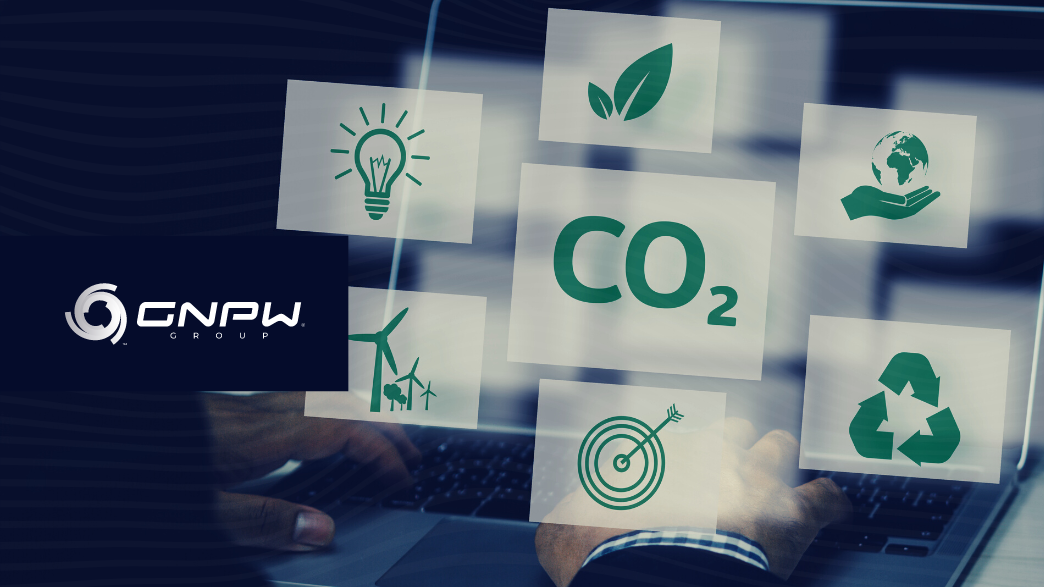The carbon credit market allows organizations and countries that develop decarbonization actions to negotiate their results to finance new sustainable actions.
The carbon market emerged from the creation of the United Nations Convention on Climate Change (UNFCC), during ECO-92, in Rio de Janeiro. The creation of the market arose from the need to find ways to decarbonize economies, transforming good results into credits.
Thus, carbon credits are certificates that prove that a ton of CO2 equivalent is no longer emitted, compared to a baseline. In other words, with the market, a monetary incentive was created so that countries that were unable to reduce their emissions could buy credits from other countries that had surpluses.
The development of credit markets around the world
In 2005, the first regulated carbon market appeared, when the minimum number of countries necessary for the agreement to enter into force was reached. The industrialized countries that emit the most greenhouse gases (GHGs) have assumed reduction targets, while developing countries, such as Brazil, have started to participate in the agreement through the Clean Development Mechanism (CDM).
The Clean Development Mechanism (CDM), stipulated by the UNFCC, allows a country with a commitment to reduce or limit emissions under the Kyoto Protocol to implement an emission reduction project in developing countries. These projects can earn salable Certified Emissions Reduction (CER) credits, each equivalent to one ton of CO2, which can be counted towards meeting the Kyoto targets.
In 2015, carbon credits received a new impetus with the Paris Agreement and more recently the subject arrived at COP 26, with the consolidation of the creation of the global carbon market. According to the IHS Markit Global Carbon indicator, at the end of 2020, the three largest global carbon futures markets were already worth about US$ 260 billion.
The carbon credit market in Brazil
Regulated markets are those where governments at different levels define the rules. The voluntary market is maintained by companies and individuals who take the initiative to neutralize their emissions.
Brazil already has several national, state and municipal initiatives to combat climate change. In 2005, it adhered to the Kyoto Protocol and, in 2016, it was one of the countries with the most Clean Development Mechanism (CDM) projects.
Since 2009, the country has a National Policy on Climate Change (PNMC), which aims to promote economic and social development with climate protection and reduction of greenhouse gases (GHG). In addition, in recent years, new actions have been developed in this direction, such as RenovaBio and the regulation of the carbon credit market in the country.
RenovaBio is a National Biofuels Policy created in 2017, with the aim of providing an important contribution to achieving the reduction targets agreed in the Paris Agreement.
Among the actions implemented is the obligation of fuel distributors to prove compliance with mandatory individual targets through the purchase of Decarbonization Credits (CBIO), a financial asset tradable on the stock exchange, derived from the certification of the biofuel production process based on the respective levels. of efficiency achieved in relation to their emissions.
With the regulatory decree, in addition to the voluntary market that already existed in the country, the regulated market can now take place. Thus, carbon credits generated by companies that reduce their emissions can sell these assets to other companies or countries that have not reached their targets.
For the future, the prospects are for more companies to engage in equities, increasing market transactions and mitigating emissions. Proof of this is the recent disclosure of a BNDES public notice for the acquisition of R$ 10 million in carbon credits. And you, what do you expect from this market?

Comment